As federal lawmakers continue to work on legislation aimed at addressing financial challenges facing Canadians who live with disabilities, those whom the bill aims to help — and their advocates — are speaking out about what is at stake.

Eileen Davidson, a 37-year-old single mom from Burnaby, B.C., describes the daily challenge of trying to live on the disability benefits she receives due to her rheumatoid arthritis.
“I’m constantly behind (on bills), especially as things get more and more expensive,” Davidson said.
“And it’s getting harder and harder just to do anything. Some weeks, I have to decide on eating healthy or skipping meals or tightening things down because it’s just getting harder.”
Davidson’s situation is typical of Canadians receiving disability benefits across the country. Two Canadian charities have recently come together to call on the federal government to do more to listen to people with disabilities, especially as their struggles with food insecurity and poverty have become more acute.
‘A Benefit without Barriers’ and Bill C-22
The issue has reached Parliament. The federal government tabled the Canadian Disability Benefit Act with Bill C-22 two years ago, but reintroduced it last year.
The bill passed through the House of Commons and went to the Senate earlier this year, which returned it with amendments. One of those, which sought to prevent clawbacks of benefits from insurance providers, was rejected by the government on Wednesday, while some specifics including the payments that would come through the benefit are not yet clear.
The bill is now back with the Senate, which faces a timeline to approve it before that chamber goes on recess for the summer at the end of June.
March of Dimes Canada and Prosper Canada are the charities speaking out on the Canadian Disability Benefit. They have been calling for the changes, releasing a report in May called “A Benefit without Barriers.”
The report was shared with Carla Qualtrough, the federal minister of employment, workforce development and disability inclusion. It provides the federal government with recommendations on what should change.
In the report, March of Dimes and Prosper Canada are asking the federal government to right “a history of wrongs that have left people with disabilities in Canada living in poverty.”
The report outlines the obstacles people with disabilities face in accessing government supports or benefits. These barriers often cause people with disabilities to feel like they lost their dignity, according to March of Dimes and Prosper Canada.
Both groups say they hope to see the bill put into law before the House of Commons rises for the summer on June 23.
And Canadians with disabilities are watching to see whether that will happen.
“The federal government has a once-in-a-generation opportunity to build a fundamental new pillar into Canada’s income security system, but also to set a new standard for accessibility and service in the design and delivery of critically needed income benefits,” said Elizabeth Mulholland, CEO of Prosper Canada.
“The government must fulfil its promise to listen and learn from the voices of the community in the design and implementation of the benefit,” added Leonard Baker, president and CEO of March of Dimes Canada.
Statistics
Some 6.2 million Canadians are disabled, as reported in 2022 by Statistics Canada.
The government of Canada reported in 2022 that working-aged Canadians with disabilities are twice as likely to live in poverty in comparison to able-bodied Canadians, and 50 per cent of people who experience food insecurity within Canada are disabled, the Maple Leaf Centre for Food Security reported in September 2022.
As of August 2022, the average disability payment in Canada on the Canada Pension Plan disability benefit was $1,064.80, as reported by Resolute Disability Lawyers.
The average cost of living as a single, able-bodied person in Canada is $1,331.20 without rent, according to a June 2023 report from Numbeo, and the average cost of rent in Canada is $2,005 per month according to rental.ca’s January 2023 rental report.
That total adds up to $3,336.20 a month —and it is around $2,271 a month more than people with disabilities are receiving through the Canada Pension Plan disability benefit. What’s more, it doesn’t account for the additional expenses many disabled people have that others don’t, like medication, treatment, mobility aids, home modifications, vehicle modifications, and travel, just to name a few.
Kristin Bell-Murray is a disabled 41-year-old Canadian living in Sudbury, Ont., who is struggling to make ends meet while living with their chronic illnesses: Ehlers-Danlos syndrome (EDS), postural orthostatic tachycardia syndrome (POTS), multiple sclerosis (MS) and more.
“Because my income (is) not the best, I just kind of go without,” Bell-Murray said.
These disability support programs have rules in place that claw back benefit payments when someone receiving the benefit works. Davidson said she feels like she “can never get ahead.”
“We can’t risk losing any of that money. We need that money,” she said. “We need more than actually what they pay. And they need to get rid of that cap because they pay us below the poverty line by so much that we have to be creative, we have to find supports.”
“It’s like they’re chastising us because we need that extra support,” said Davidson.
Only 59 per cent of working-age Canadians with disabilities are employed, according to Statistics Canada data from 2018. That number is a drastic difference from the 80 per cent of non-disabled people who are employed. Some 28 per cent of Canadians between ages 25 and 65 with more severe disabilities are living below the official poverty line.
“It’s like, how can someone like me get back to work and get back to having a normal life?” Bell-Murray observed. “You’re just out here in the wild without any support.”
Davidson said that until there is more support or this bill passes, she just has to “do the best I can.”


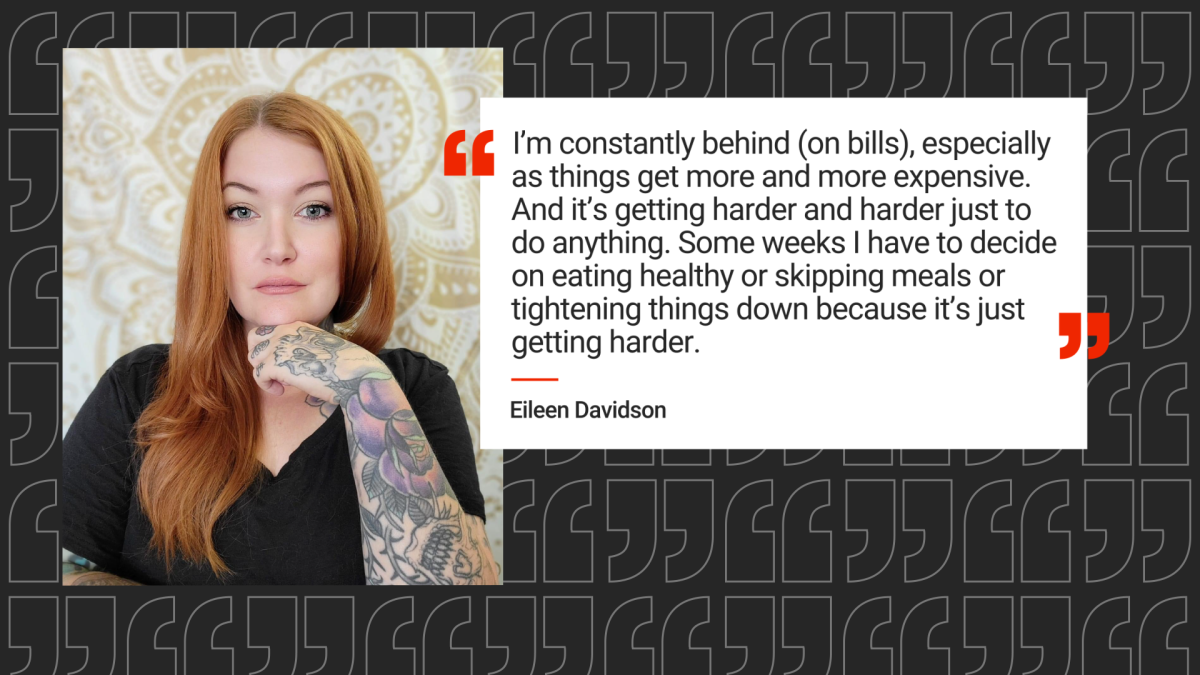







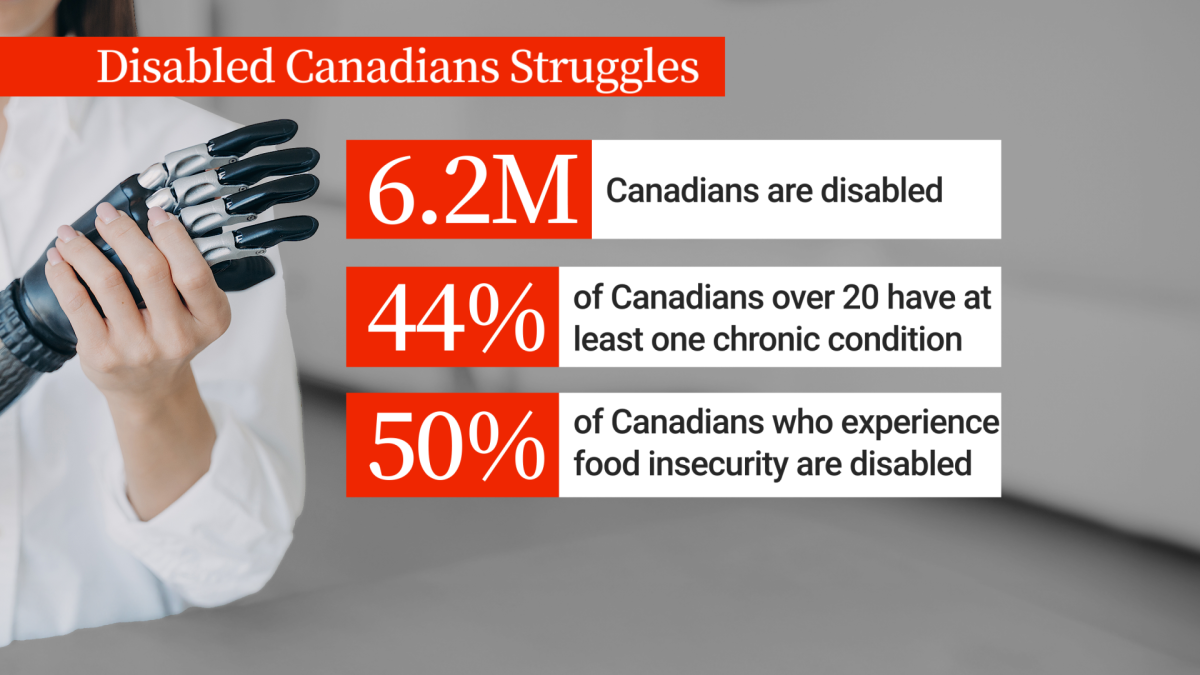
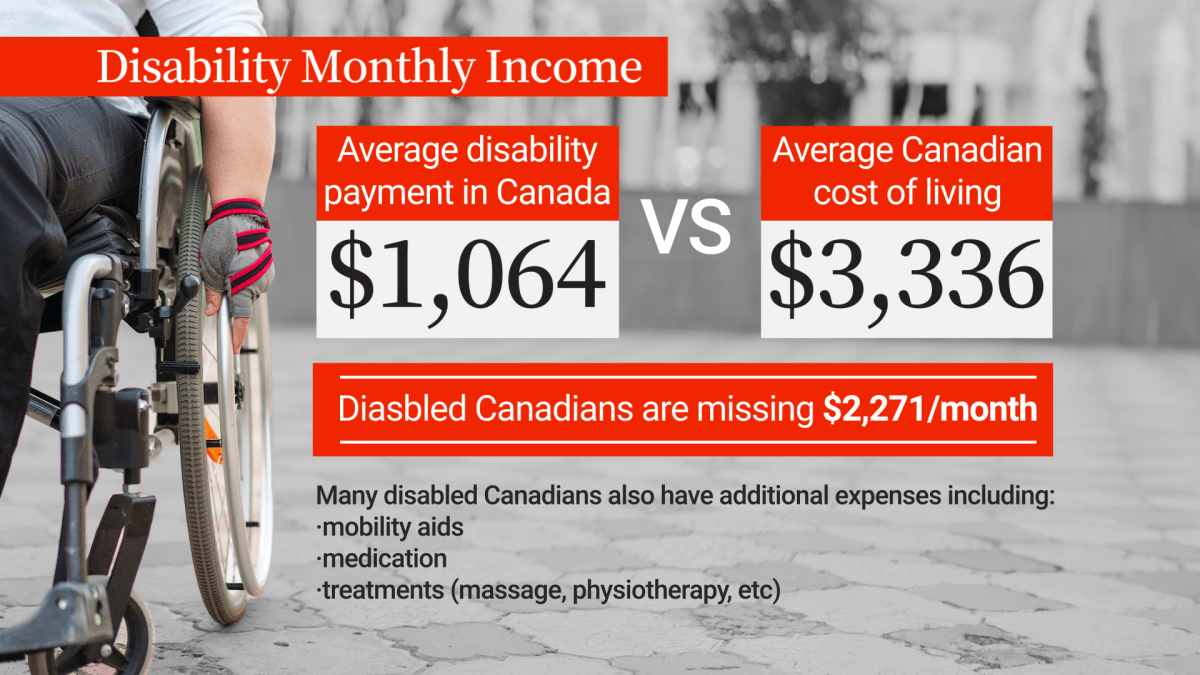



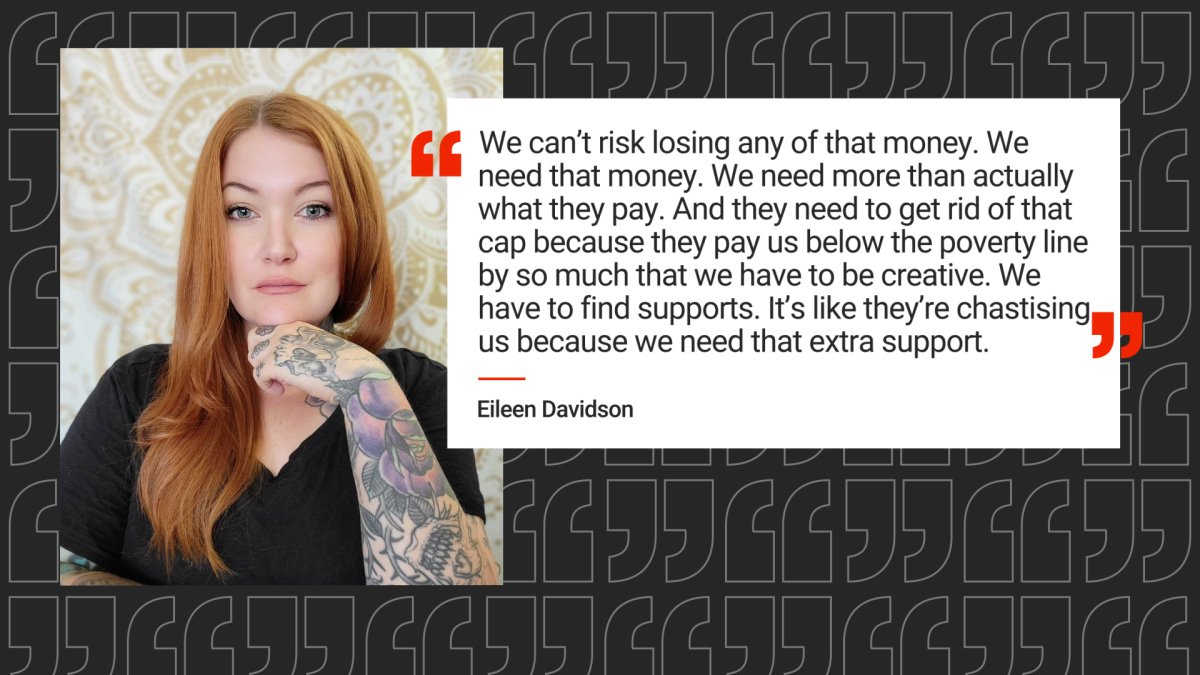

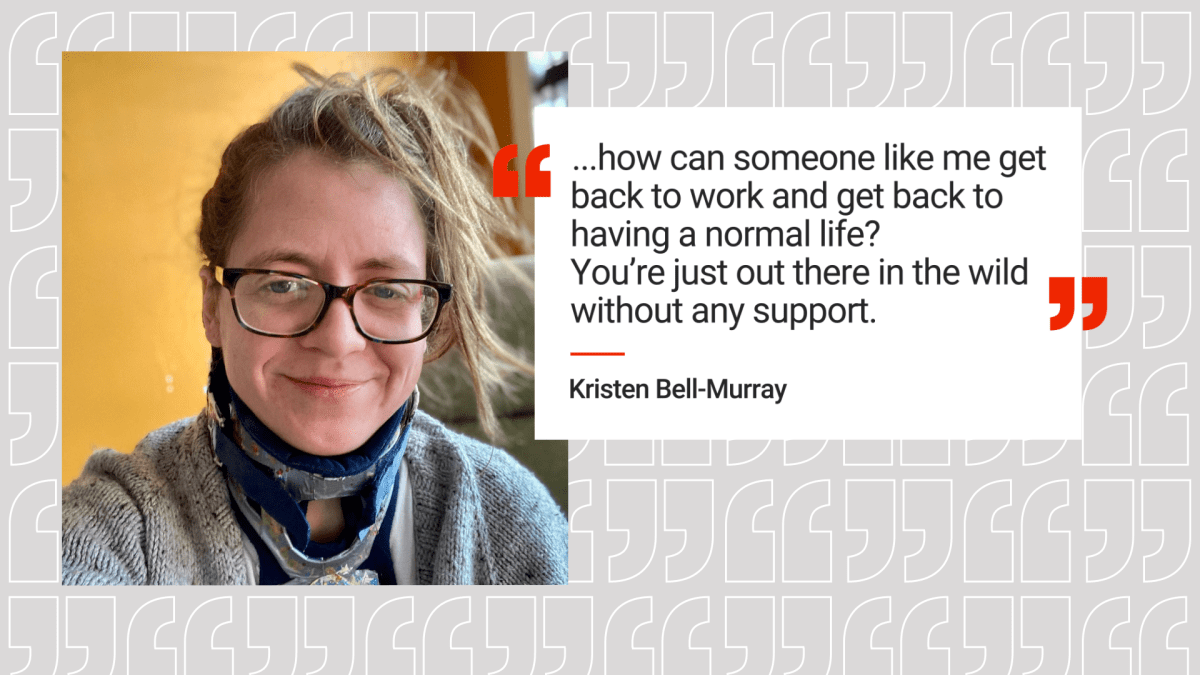
Comments